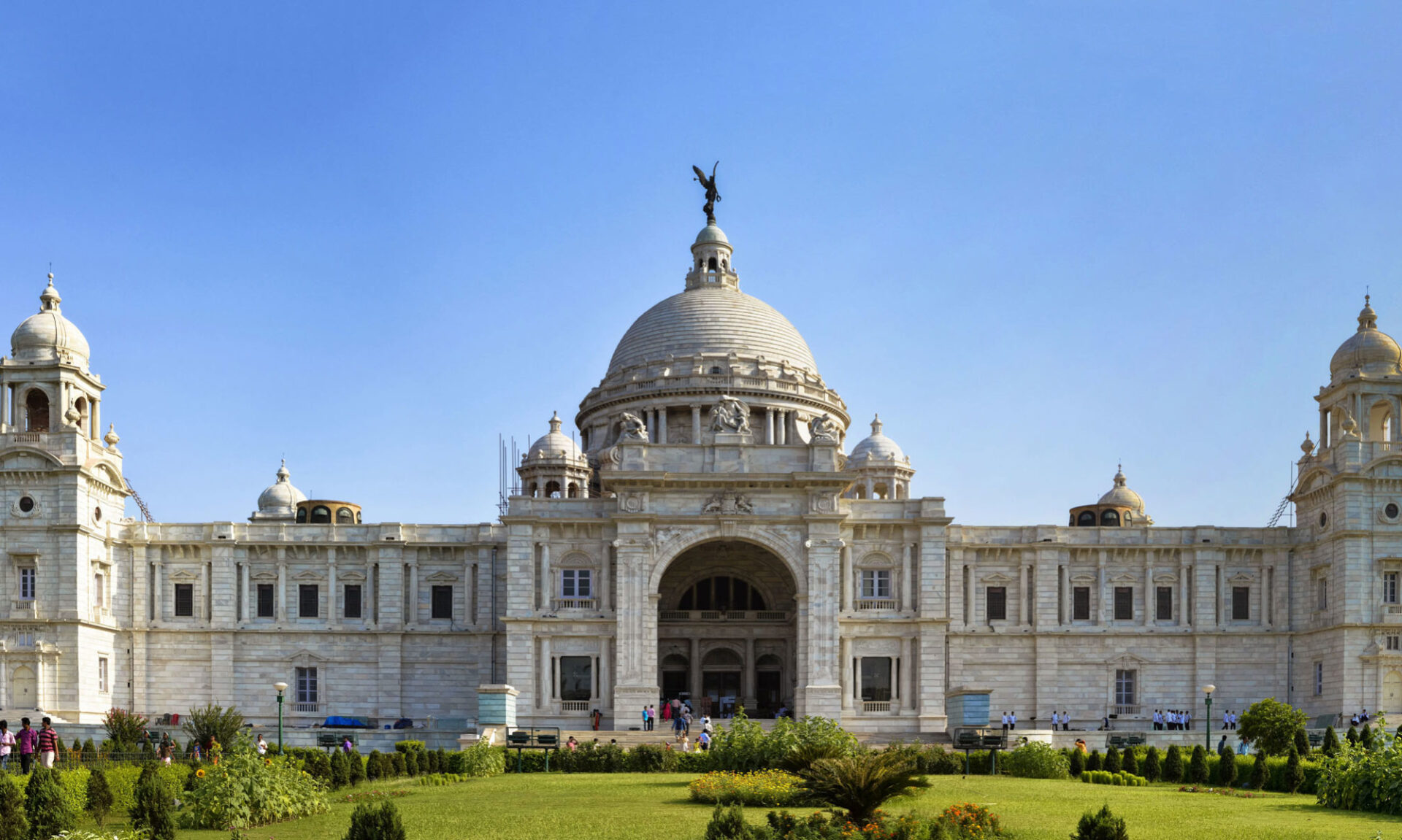The Parshwanath Temple – Digambar was built in the year 1914 and it is the best religious ground for the Digambar Jain community. Digambar is one of the two essential ain sects and the other being Swetambar. The temple looks bright and glorious with the attractive red shade and the extravagant red entrance welcomes all the devotees within the temple premise. The place has the four sprawling gardens and these are best surrounded by the trees and the hedges and you can even find the flowering plants with flowers so bright and natural. One is sure to love the natural ambiance and prefer to spend time at the place.
Things Included within the Temple Premise
You have the fishes in the fish tank and the children would love to feed the rare species in water. You may even find some symbolic installations and these are like the cow and the tiger feeding from the similar waterhole. You would also love to see the sight of the fountains within the temple premise. There is even the stambha and this is constructed with the white marble. This stands just beside the radiant red temple. The temple also includes the religious inscriptions and these are sure to preach non violence and once you study the stambha you can easily get to know about the other aspects of Jainism.
Within the premise there are the other edifices and these are the quarters of the monks and there is the special building for the temple office. There is also the community locale and at the place various religious events are being organised.
The Temple Location
The Parshwanath Temple – Digambar has the perfect location and it stands at the region of Belgachia in Northern part of Kolkata in West Bengal.
The Digambar Principles
The Digambar community believes in complete abstinence. They don’t like the materials of the world. The Digambaras believe that inclination to materials increase dependency and there is more of sorrow due to the reason. The Digambaras for the reason to attain Moksha or liberation don’t even believe in wearing clothes. This is the basic life philosophy. However, the monastic practice is strictly meant for the males. The female Digambaras are known as sadhvis and they are also called Aryakas. The females are not allowed to do the practice and they are made to wear the white seamless attires.
The Age of the Temple
The age of Parshwanath Temple – Digambar is more than a century. The temple looks great amidst trees and flowers. The same was being renovated and reconstructed by Mr. Brown. He was the eminent architect of Victoria Memorial in the year 1914. The temple follows the artistic Nagara style and the ornamental pillars along with the stunning sculptures look great indeed. The style resembles the ancient Jain architecture of the caves. Here you get to see the main idol of Tirthankar Parshwanath and he was the 23rd Jain Tirthankar (877-777 B.C.). In fact, the specious temple also serves as a refuge and the resting ground for the tired travellers. This is the best place for you to rest and retire from the world at the same time.
